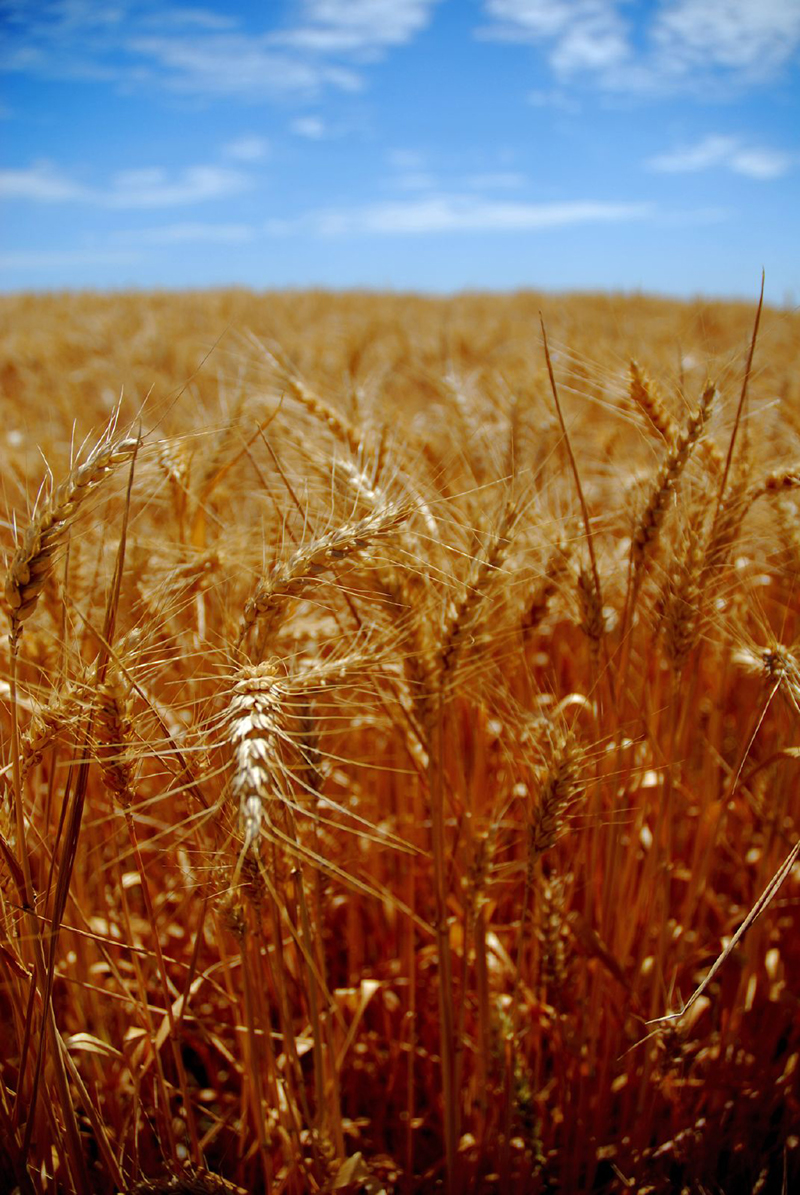
Soon for the harvest...
Jorge Alonzo, 2008
My dear friends,
In the heart of Holy Week, we encounter a profound narrative that speaks not only to the followers of Jesus but also to seekers on the Bodhisattva path. This scripture unfolds a moment of deep existential and spiritual crisis for Jesus, offering insights that bridge Christian and Buddhist understandings of suffering, sacrifice, and enlightenment.
And what should I say--
' Father, save me from this hour'?
No, it is for this reason
that I have come to this hour."
- Mark 12:27
Here, Jesus articulates the quintessential struggle of existence: the confrontation with suffering and the impulse to avoid it. In the Bodhisattva tradition, this moment resonates with the concept of accepting suffering for the sake of others. Jesus' resolution to not ask for deliverance mirrors the Bodhisattva's vow to endure personal hardships for the liberation of all sentient beings. His acknowledgment of the purpose in his suffering reflects the understanding that true spiritual growth often requires facing and transforming suffering, rather than escaping it.
"I have glorified it, and I will glorify it again."
The crowd standing there heard it and said that it was thunder.
Others said, "An angel has spoken to him."
Jesus answered, "This voice has come for your sake, not for mine."
- Mark 12:28-30
Jesus emphasizes that the divine voice serves not as a personal endorsement but as a teaching for all present, suggesting the universal applicability of his path—a path of self-sacrifice for the greater good, reflecting the Mahayana emphasis on altruism.
- Mark 12:31
This proclamation can be interpreted through the lens of inner transformation, where the 'world' signifies the deluded states of mind dominated by greed, hatred, and ignorance. In Buddhist thought, this moment symbolizes the potential for awakening from the delusion of self-centered existence and the subsequent liberation from the oppressive forces of egoic desire, akin to the driving out of Mara, the personification of delusion and temptation.
He said this to indicate the kind of death he was to die.
- Mark 12:32-33
Jesus' reference to being "lifted up" serves as a powerful metaphor for the transcendence of worldly suffering through ultimate sacrifice. This mirrors the Bodhisattva ideal of attaining enlightenment not solely for oneself but for all beings. The magnetic pull of such an act of selfless love and sacrifice has the power to transform hearts and minds, drawing all towards the light of understanding and compassion.
"We have heard from the law that the Messiah remains forever.
How can you say that the Son of Man must be lifted up?
Who is this Son of Man?"
- Mark 12:34
The crowd's confusion speaks to a common dilemma on the spiritual path: the tension between eternal truths and the impermanent nature of existence. In Buddhist terms, this reflects the misunderstanding of the nature of self and the reality of impermanence. Jesus challenges conventional expectations of the Messiah, suggesting a deeper, more universal truth about the nature of liberation and the role of the spiritual guide—a guide who leads not by remaining untouched by suffering but through the transformative power of ultimate compassion and sacrifice.
"The light is with you for a little longer.
Walk while you have the light, so that the darkness may not overtake you.
If you walk in the darkness, you do not know where you are going."
- Mark 12:35
The exhortation to "walk while you have the light" echoes the Buddhist teaching on the preciousness of human life and the urgency of spiritual practice. The "light" symbolizes wisdom and compassion, essential qualities on the path to enlightenment. Just as darkness represents ignorance and suffering, the light of Jesus' teachings offers a path to overcome these obstacles, urging an immediate and earnest engagement with the path.
- Mark 12:36a
Belief in the light is an invitation to trust in the path of wisdom, compassion, and selflessness. This is akin to the Bodhisattva's journey towards Buddhahood, where faith in the Dharma and the practice of virtue lead to the realization of one's Buddha-nature. To become "children of light" is to embody the qualities of the enlightened mind, illuminating the path for oneself and others.
- Mark 12:36b
Jesus' departure and concealment at this juncture can be seen as a final teaching: the ultimate truth must be realized from within. In Buddhism, this reflects the principle that while teachers can guide us, true understanding and liberation come from our own efforts and insight. The journey inward is a solitary one, where each seeker must confront their own darkness with the light of compassion and wisdom.
In the narratives of Holy Week, we find a profound alignment between the teachings of Jesus and the principles of the Bodhisattva path. Through the lens of these shared spiritual truths, we are invited to embrace our sufferings, transform them into paths of enlightenment, and commit to the liberation of all beings with compassion and wisdom. This fusion of perspectives offers a rich tapestry of insight for all spiritual seekers, encouraging us to walk the path of light with courage, faith, and an unwavering commitment to the greater good.